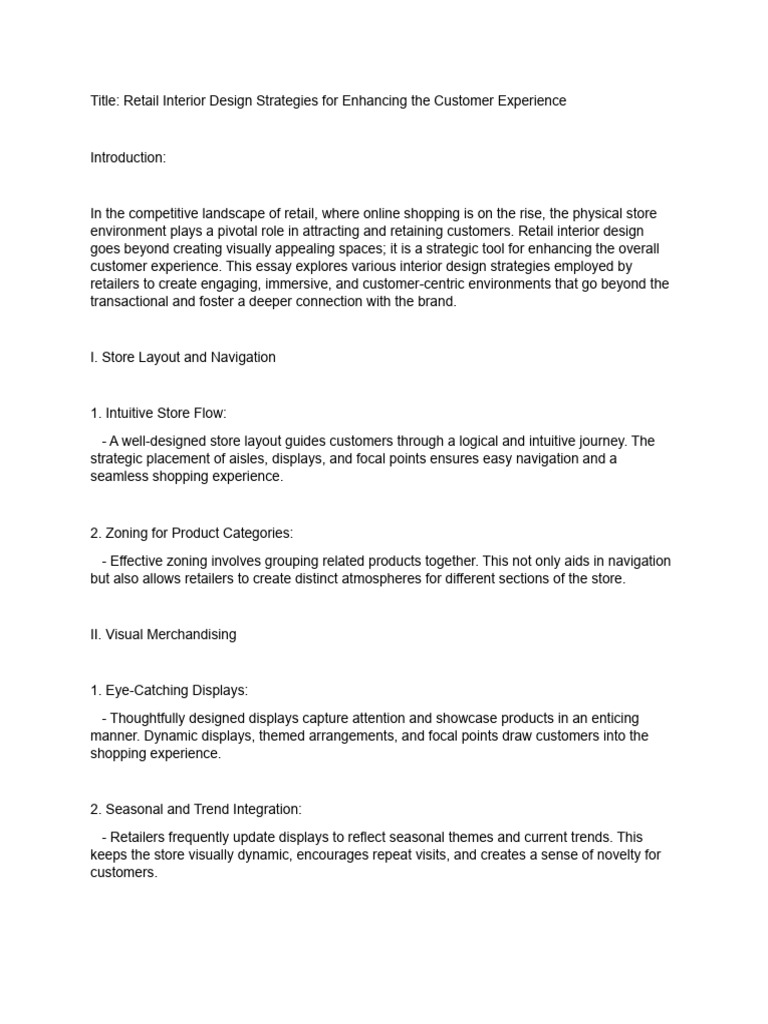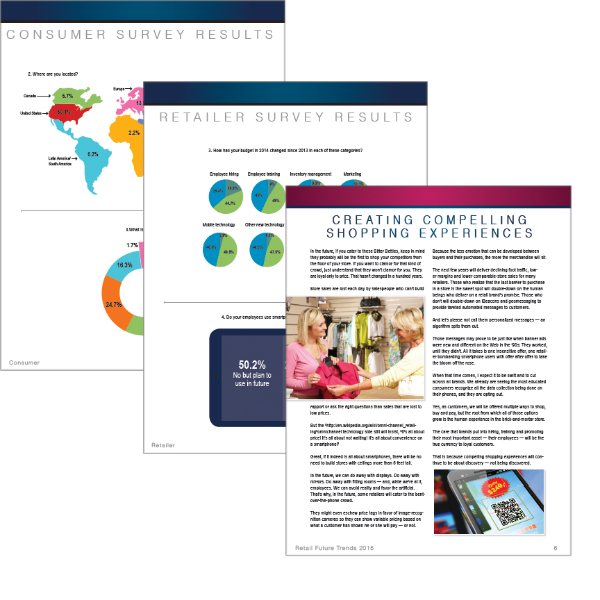

Current trends in retail space design are reshaping the shopping experience, moving beyond mere transactional environments. This transformation places a strong emphasis on creating immersive and engaging spaces that foster lasting customer relationships. Many retailers face the challenge of attracting and retaining customers in an increasingly rival industry. This article explores the latest trends in retail space design, focusing on creating memorable customer experiences that drive sales and boost brand loyalty. We’ll delve into several key areas, such as incorporating technology, prioritizing personalization, and maximizing experiential elements. Let’s embark on a journey to understand how the latest retail designs are captivating customers in ways never before seen. This article will illuminate these key trends and offer practical strategies.
The Rise of Experiential Retail
Embracing Immersive Environments
Retailers are moving beyond transactional experiences to create spaces that immerse customers in a brand’s story. This experiential approach fosters a deeper connection with consumers, going beyond just purchasing products and moving toward an engagement of a brand’s culture and values. This can involve interactive displays, demonstrations, and personalized interactions. For instance, a cosmetics store might include a makeup application station, where customers can try varied products and learn about product attributes from specialized staff. This transforms the experience from a passive browsing session into a dynamic engagement and learning process. Experiential retail aims to build memories and create narratives around products and services. Retailers can utilize virtual reality (VR) or augmented reality (AR) experiences to showcase their products or offer a glimpse into the brand’s ethos.
Incorporating Technology
Enhancing the Customer Journey
Technology plays a crucial function in contemporary retail design. Interactive kiosks, digital displays, and personalized customer service experiences enhance the customer journey. A growing trend is the integration of e-commerce elements within physical stores, such as click-and-collect options or online order tracking integration. By seamlessly merging online and offline shopping, retailers can enhance the customer experience and create a smoother workflow. Examples include allowing customers to browse and order products digitally within the physical store while enjoying in-store consultations and experiences.
Prioritizing Personalization
Tailored Experiences
A significant trend revolves around personalization, with retailers increasingly tailoring the shopping experience to individual customer preferences. Data examination and customer relationship management (CRM) tools are becoming crucial for gathering and leveraging customer data to personalize recommendations, offers, and in-store experiences. Imagine a store that suggests products based on past purchases or searches, providing tailored recommendations at the point of purchase. These targeted interactions create a more pertinent and positive shopping experience. A achievementful example is a clothing retailer that sends personalized styling advice, based on the shopper’s past purchases, directly to the customers’ phones.
Adapting to Sustainability
Eco-Conscious Design
Consumers are increasingly prioritizing eco-friendly products and practices. Retail spaces are adapting to these values through sustainable materials and environmentally friendly design choices. For example, implementing solar panels, utilizing recycled materials in construction, and promoting sustainable packaging options showcase the brand’s commitment. Implementing such changes creates a more responsible approach, and in turn, builds a positive brand image that resonates with environmentally conscious shoppers, leading to boostd loyalty and patronage.
Emphasizing Accessibility and Inclusivity
Design for All
Accessibility and inclusivity are becoming integral considerations in modern retail designs. Ensuring that the space is easily navigable for people with disabilities, including wheelchair accessibility and assistive technologies, creates a positive customer experience. Moreover, offering a multi-lingual environment, employing a diverse workforce, and creating inclusive product selections also contribute to a more welcoming and inclusive retail experience for all customers regardless of their background, preferences, or abilities.
Optimizing Space Efficiency
Maximizing Retail Space
Retail spaces are increasingly optimizing layout and store designs for enhanced efficiency. Strategies include using open layouts, creating multi-functional zones, and strategically positioning merchandise. This approach can boost sales and foot traffic, while optimizing storage and display areas. A great example is a well-organized bookstore featuring specific and well-placed sections for specific interests. A thoughtfully organized store creates a streamlined customer experience and a clear path from browsing to purchasing.
The Impact of Emerging Technologies
Advanced Retail Technology
Emerging technologies are shaping the retail landscape. Examples include augmented reality (AR) experiences, interactive displays, and integrated online/offline platforms. AR applications let customers virtually try on clothes or visualize products in their homes, boosting engagement and facilitating more informed purchases. This technological integration enhances the overall shopping experience and is becoming increasingly integrated into retail stores.
Enhancing the Importance of Soft Elements
Creating Comfortable Environments
Beyond the hard elements, elements such as lighting, music, and overall ambiance create an enjoyable environment. The sensory experience plays a critical function, transforming the atmosphere from a purely transactional area to an enjoyable shopping destination. Consider a store that utilizes ambient lighting and soft background music to create a relaxing shopping environment or a cafe-like atmosphere within a store that encourages browsing and linger time
Importance of Employee Empowerment
Fostering Customer Connections
Empowering employees to proactively engage with customers plays a crucial function. Trained employees can offer valuable product knowledge, offer personalized recommendations, and create lasting customer relationships. This approach creates a more memorable experience and promotes customer satisfaction. Such an approach creates an atmosphere of genuine care and support, and it is vital for fostering customer loyalty and long-term partnerships.
In conclusion, contemporary retail space design is evolving rapidly to prioritize customer experience. By embracing these trends, retailers can foster stronger connections with consumers, enhance brand loyalty, and ultimately drive sales. Investing in thoughtful design, incorporating technology, and actively responding to customer feedback are key strategies for future achievement. For retailers looking to adapt, it’s crucial to stay informed about ongoing trends and adapt strategies accordingly. Dive deeper into these trends for actionable insights on future retail spaces and visit our website for design inspiration and consultations.
